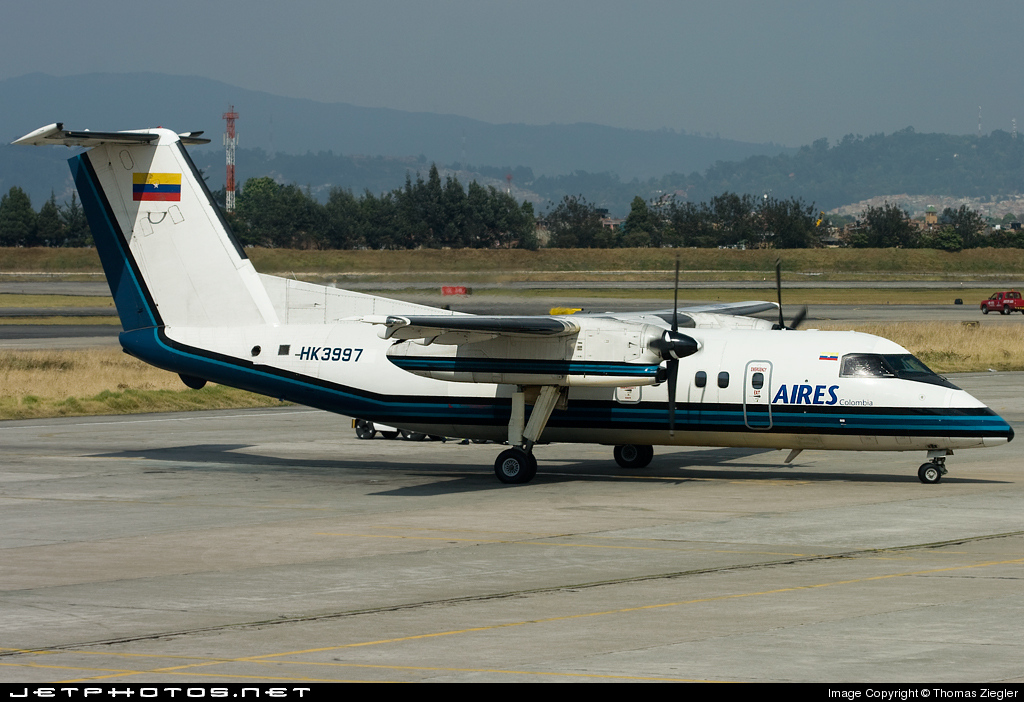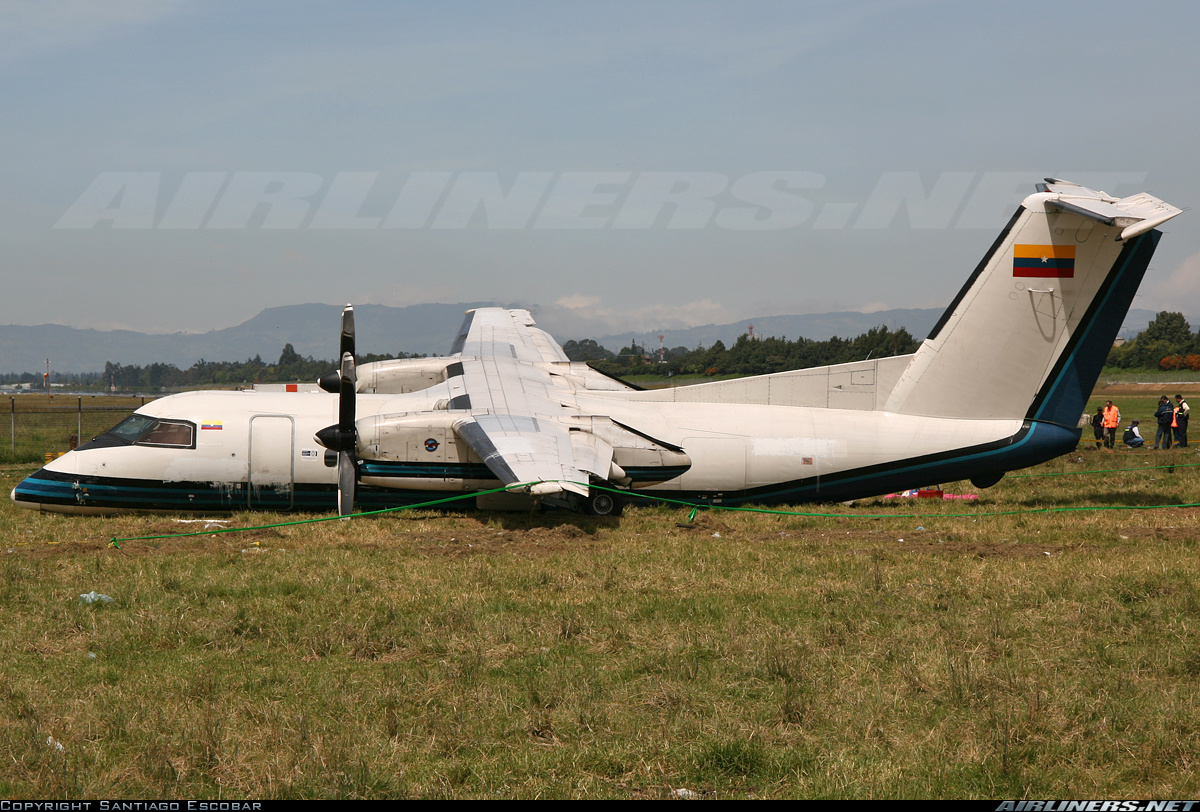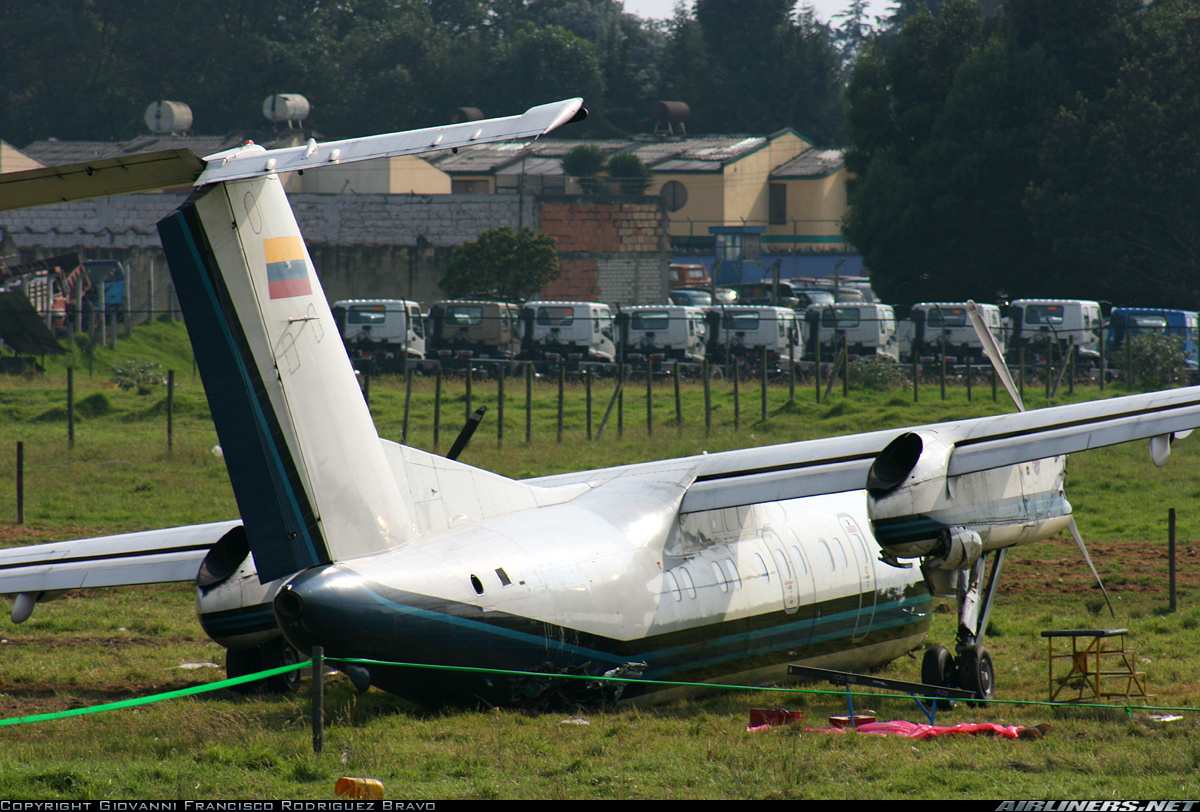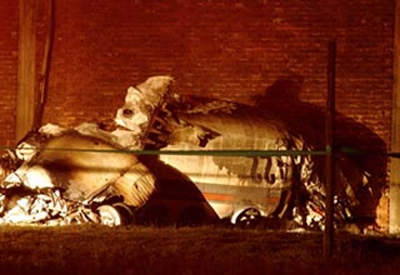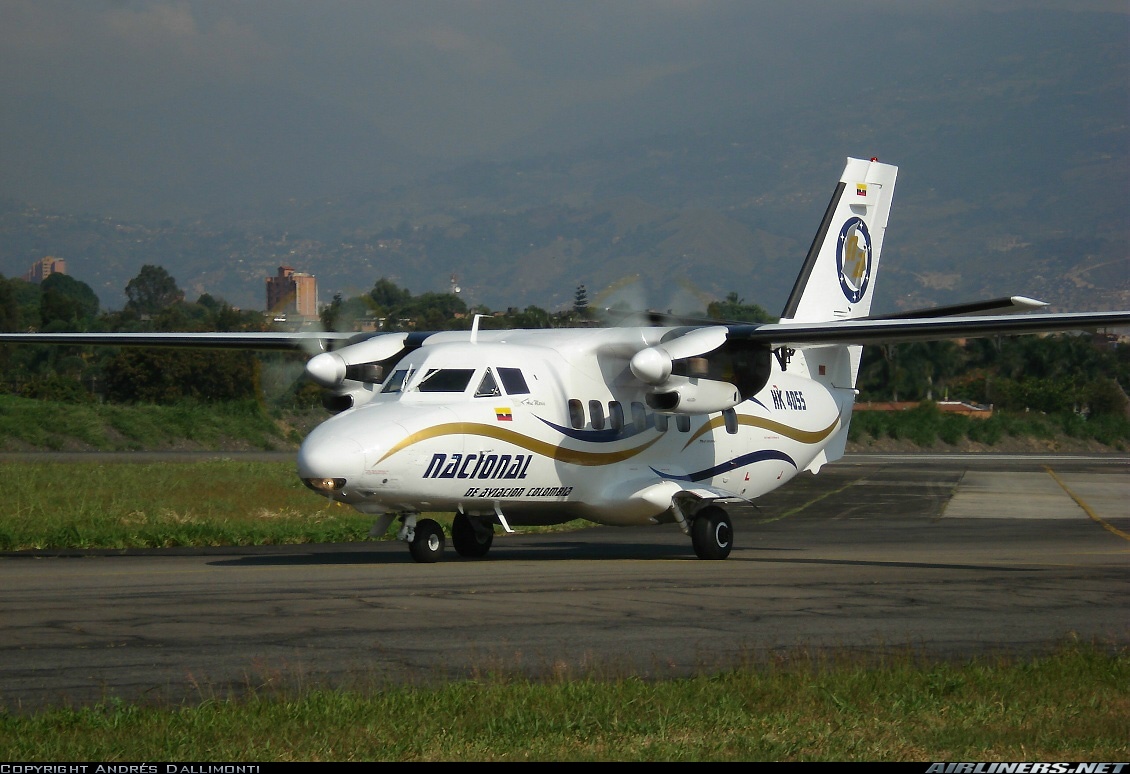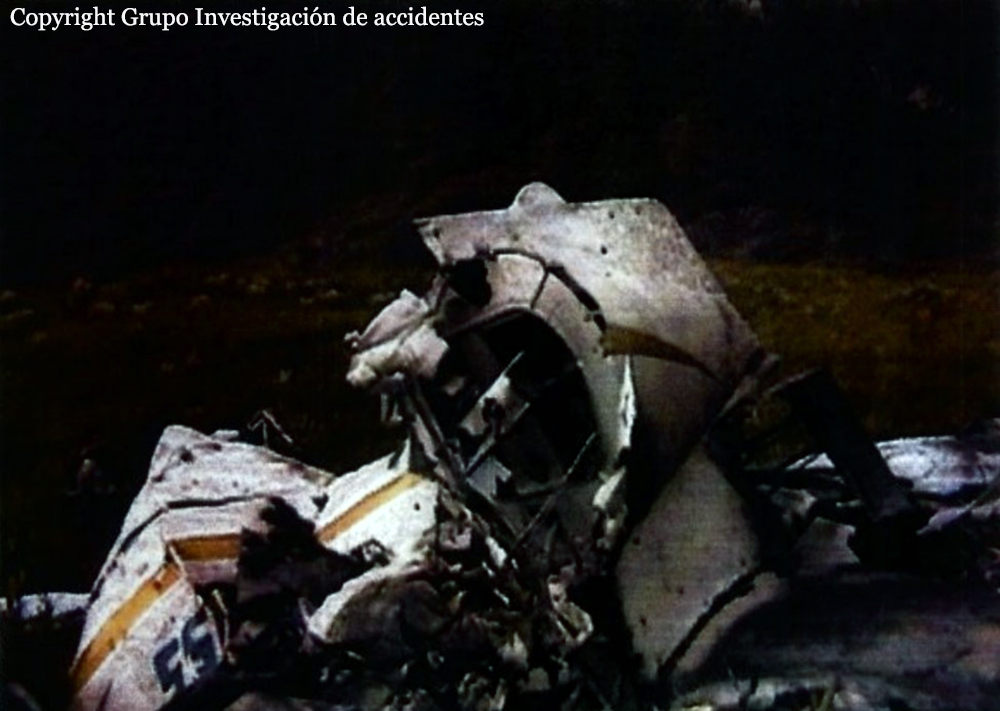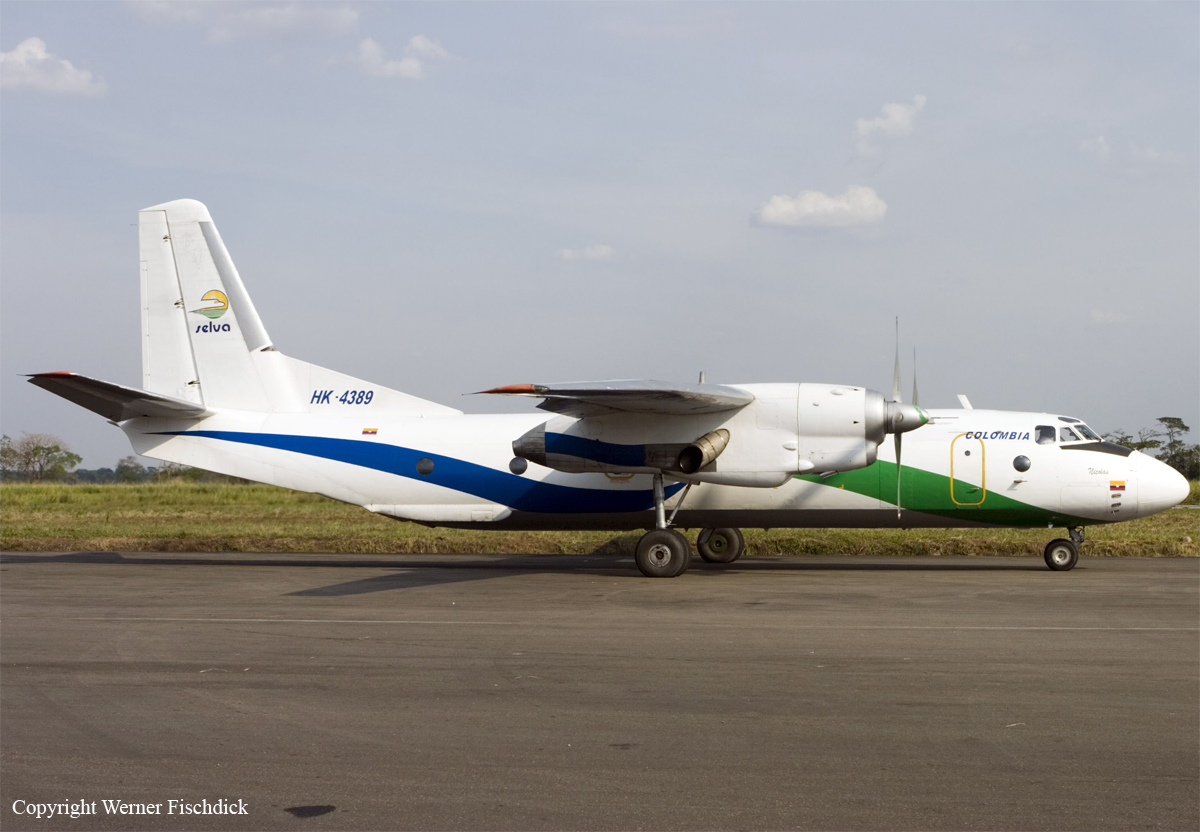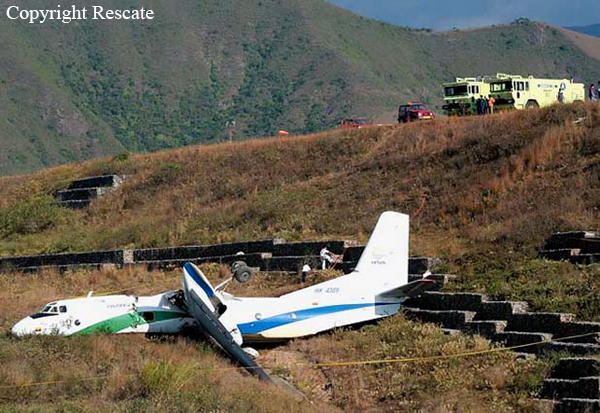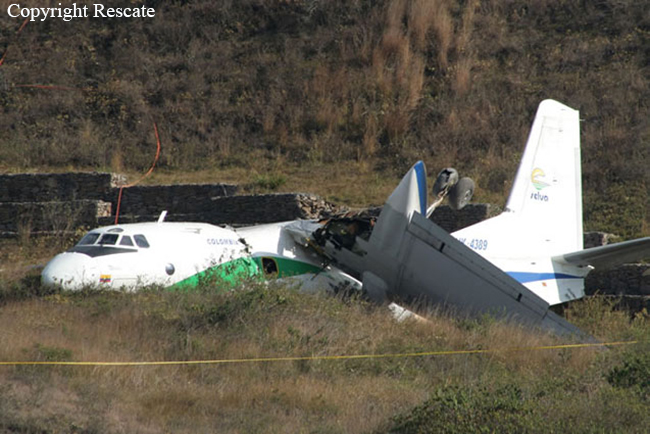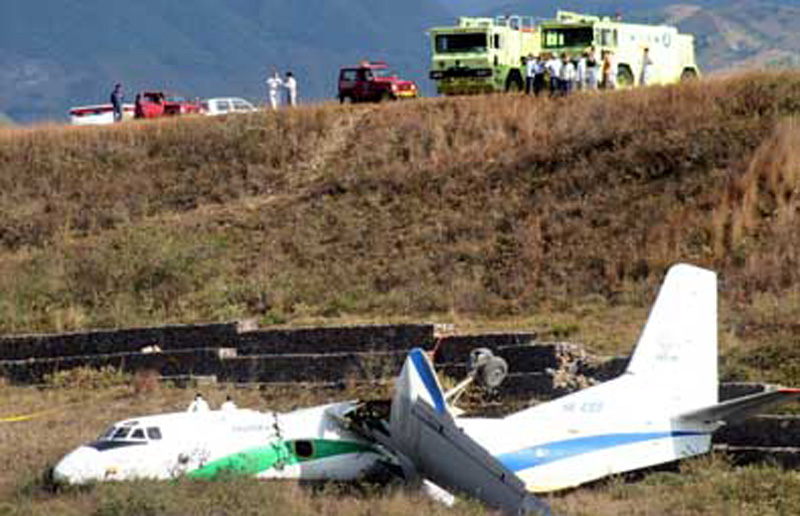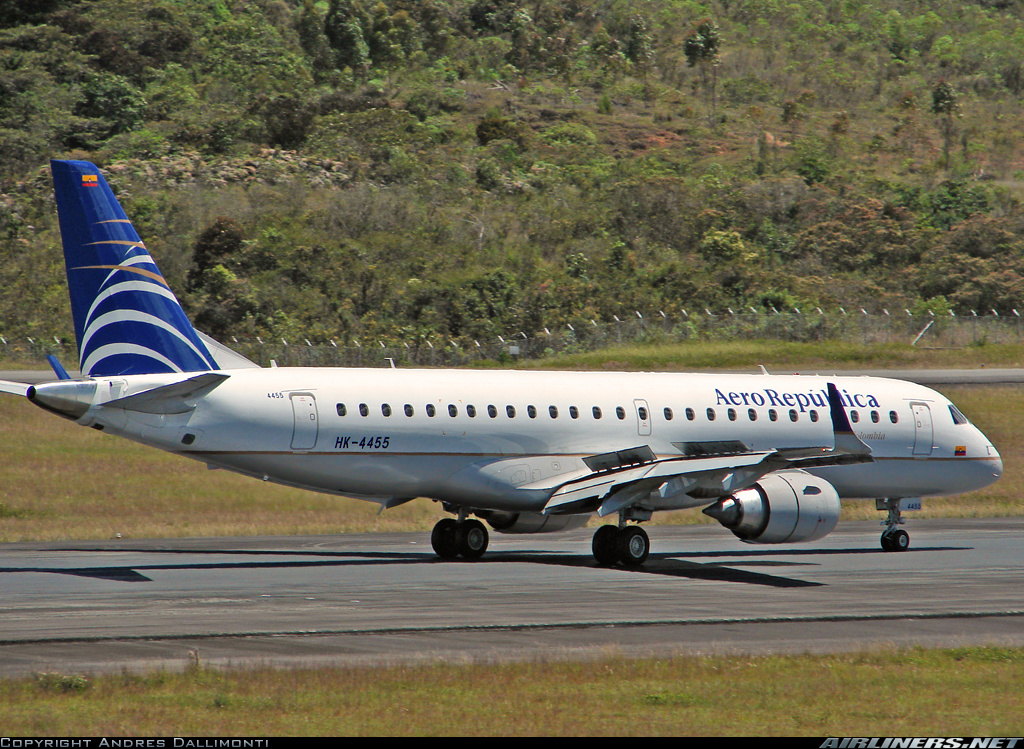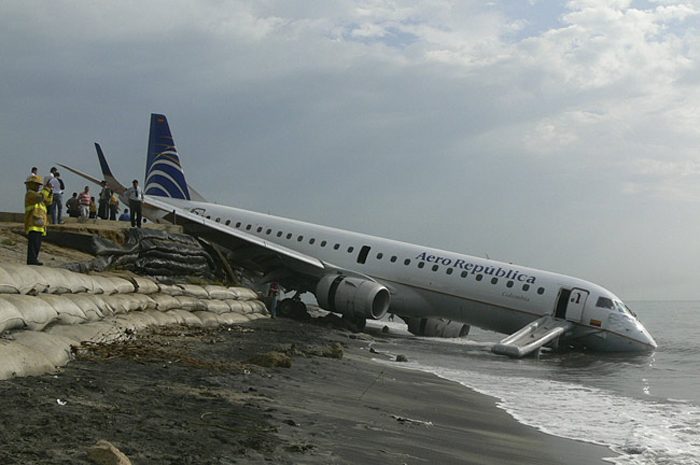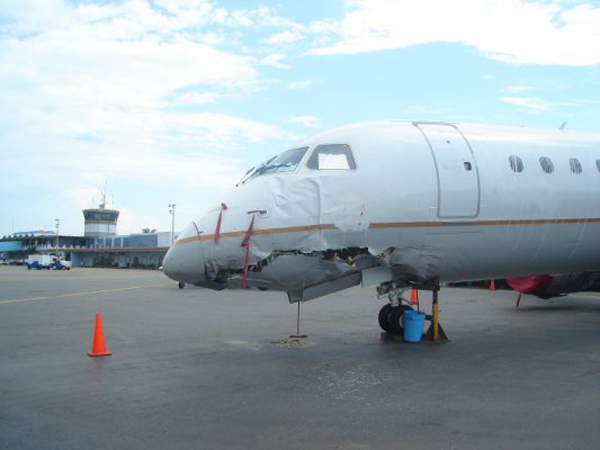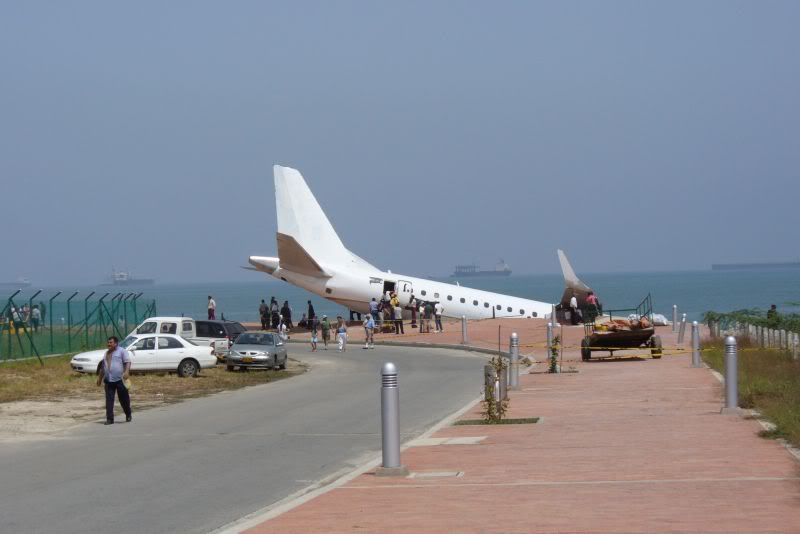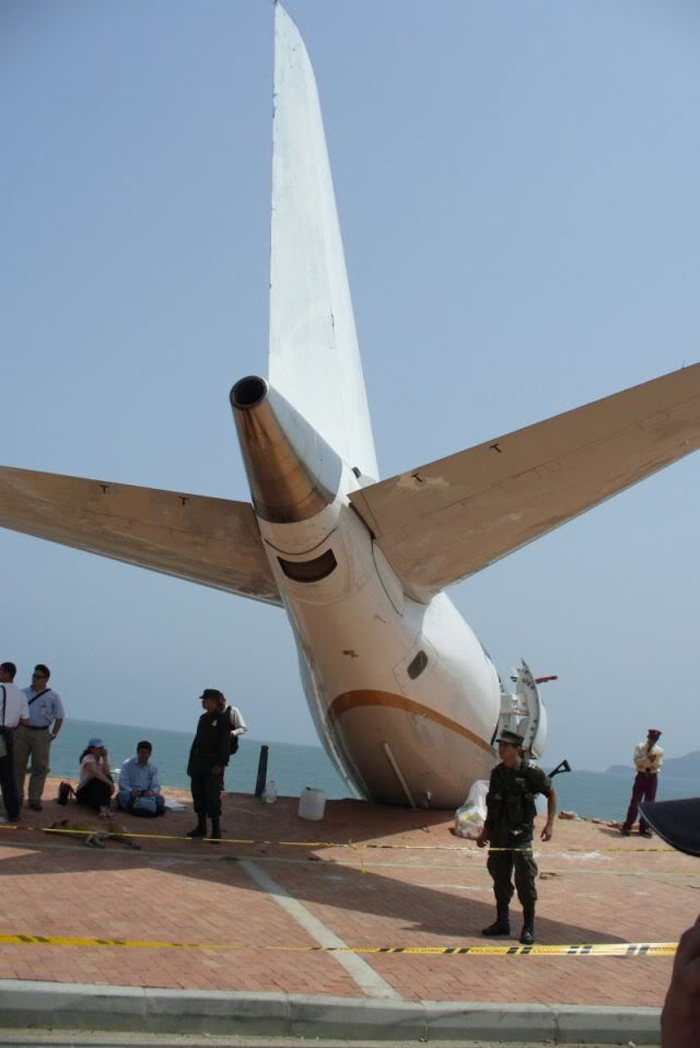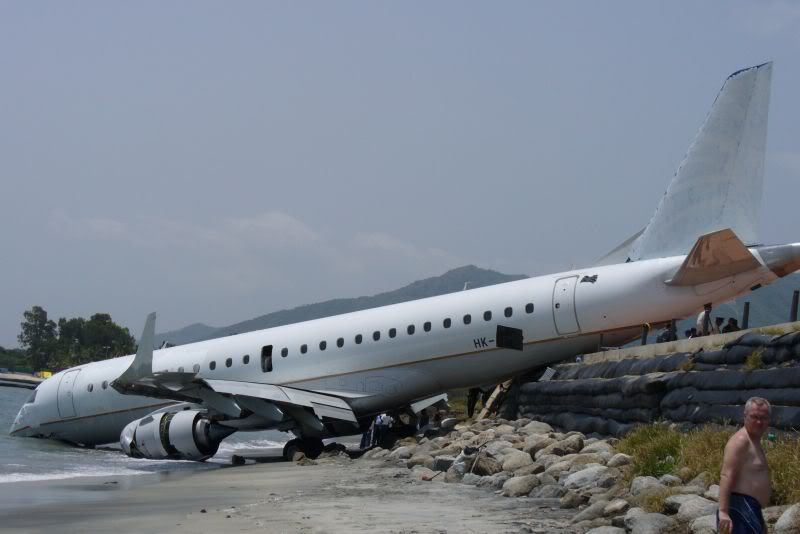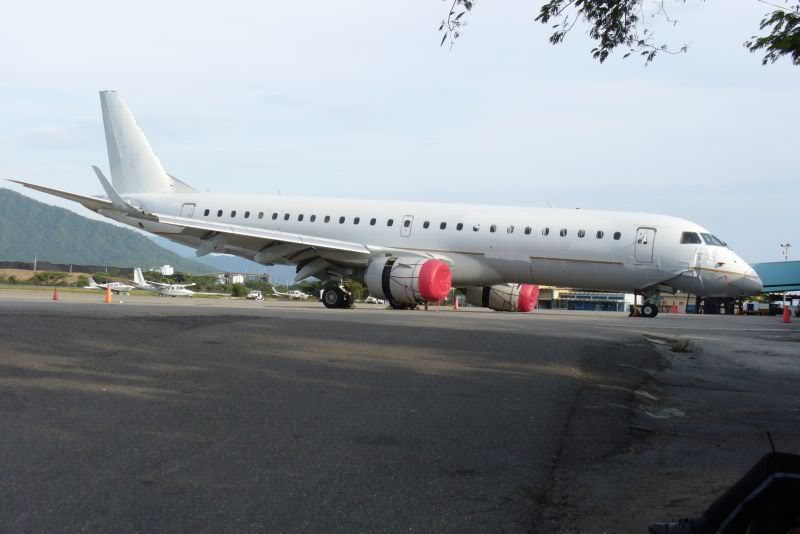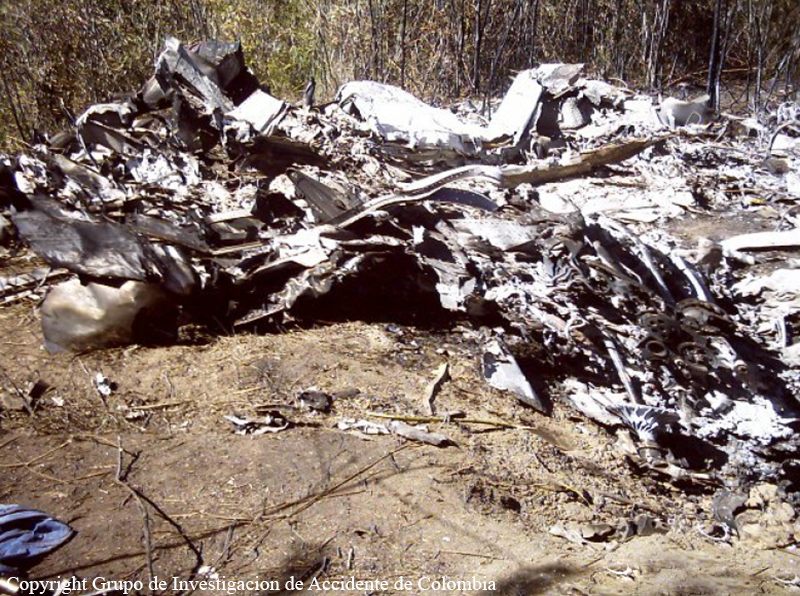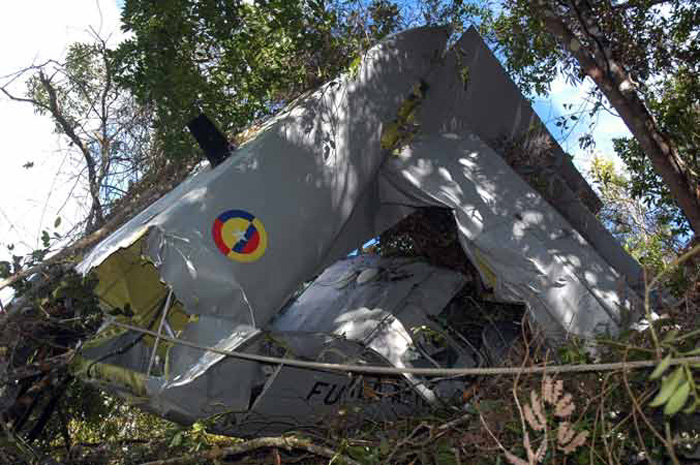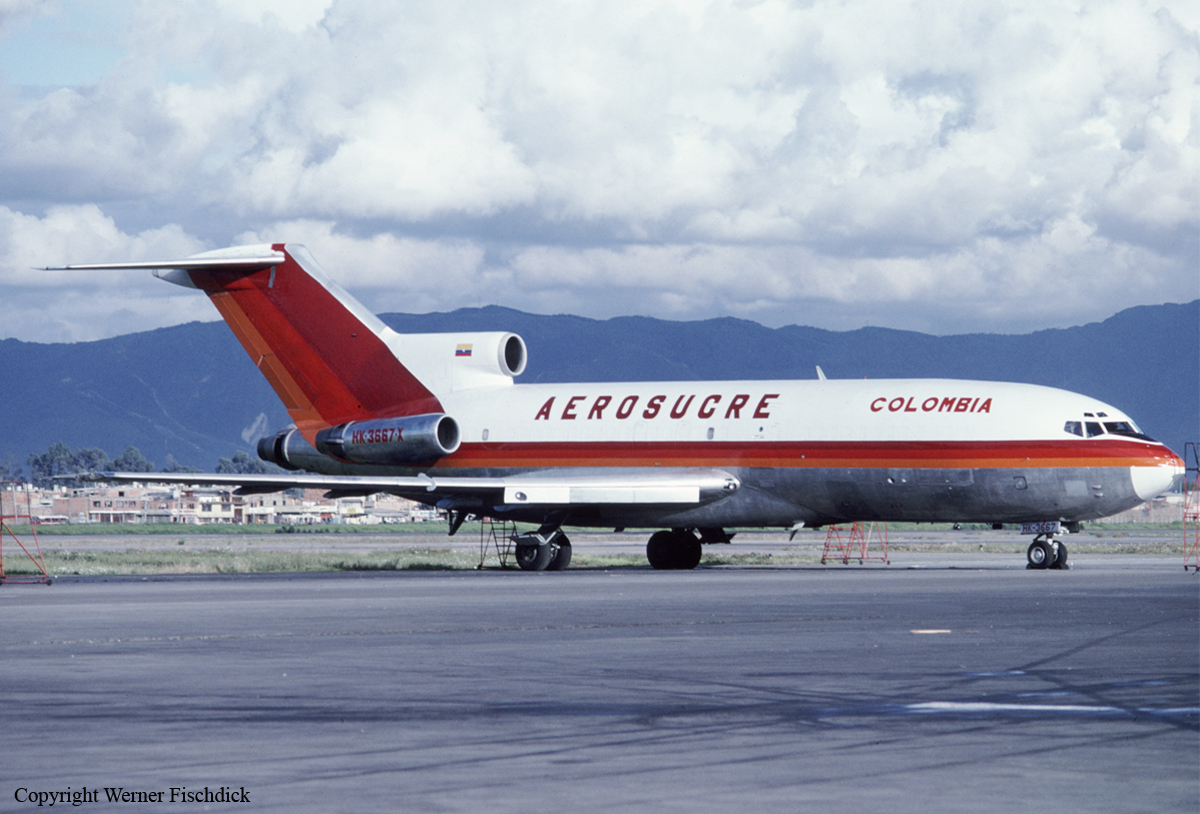Crash of a De Havilland DHC-8-202 in Bogotá
Date & Time:
Jan 28, 2008 at 2302 LT
Registration:
HK-3997
Survivors:
Yes
Schedule:
Maracaibo – Bogotá
MSN:
391
YOM:
1994
Flight number:
ARE053
Crew on board:
4
Crew fatalities:
Pax on board:
37
Pax fatalities:
Other fatalities:
Total fatalities:
0
Captain / Total hours on type:
5552.00
Copilot / Total hours on type:
6
Aircraft flight hours:
19565
Circumstances:
Following an uneventful flight from Maracaibo, the crew completed a night approach and landing on runway 13L at Bogotá-El Dorado Airport. After touchdown, the crew initiated the braking procedure but due to a technical issue on the left engine, the aircraft was unable to stop within the remaining distance. It overran, went through a perimeter fence and came to rest in a grassy area with its left main gear folded. All 41 occupants were evacuated, among them two passengers were seriously injured. The aircraft was damaged beyond repair.
Probable cause:
Carrying out a landing with an unresolved issue on the left engine, causing the aircraft to be unable to stop within the remaining distance available. The failure to correct the maintenance reports in a satisfactory manner and the failure to properly follow-up on repetitive entries were considered as contributing factors.
Final Report:
